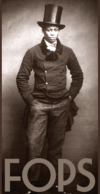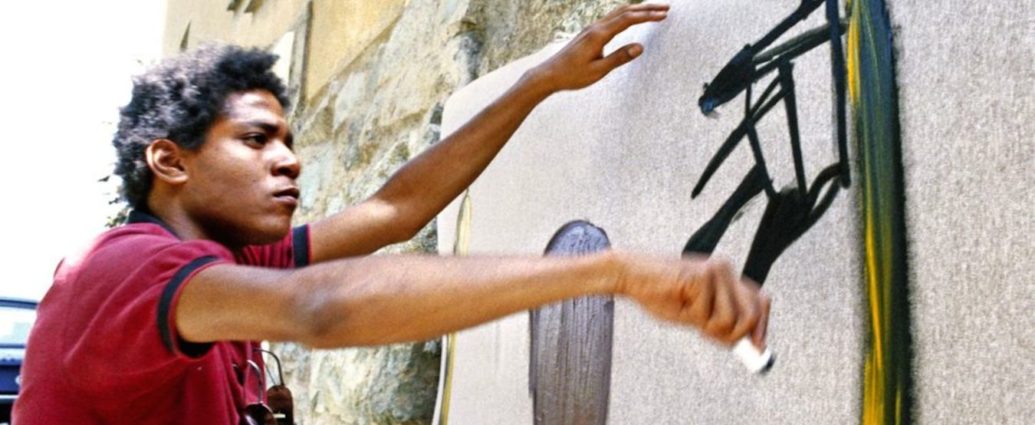From Picasso To Basquiat: The African Bridge
Picasso’s famous painting, originally named “The Bordello at Avignon” (“Les Demoiselles d’Avignon”), has been called the single most influential modernist work. It marked a bold venture into Picasso’s heavily African influenced period that, along with the work of Georges Braque, gave birth to Cubism. After “Les Demoiselles d’Avignon”, Picasso began working in a style influenced by the two figures on the right side of the painting. These figures were specifically based on African art, and between 1907 and 1909 he painted in a style that was strongly influenced by traditional sculpture from the continent as well. Although the painting is seen as the first Cubist work, he actually spent several years exploring African art before beginning the Cubist phase of his painting. French colonialism was spreading through Africa at this time, and large numbers of priceless African artifacts were being brought back to Paris museums and private collectors. It is thought that Henri Matisse (who showed him a mask from the Dan region of Africa) originally sparked Picasso’s interest in rich tribal art. It was also the social buzz about this rediscovered culture that lead Picasso to look towards other artifacts from the region as inspiration for much of his work.
A product of the African Diaspora (born in Brooklyn to Haitian and Puerto Rican parents), Jean-Michel Basquiat was inspired by influences as diverse as his experiences. Working under the names “SAMO” and “SAMO Shit” in the emerging New York Graffiti scene of the late 70’s, he was influenced by the Pop Art movement of Andy Warhol and his contemporaries, the traditional African art that he was exposed to via his Puerto Rican and Haitian heritage and many pilgrimages to museums, big business graphic design, and even Picasso directly (as he is said to have been highly influenced by Picasso’s “Guernica”, 1937). “Flexible” is a piece that seems to bring together and illustrate the common denominator of all of these influences. It is one of the pieces that distinguished Basquiat to many as a successor to Picasso. Due to world travels and a growing collection of art history books, Basquiat’s creative vocabulary began to show heavy influences of Aztec, Egyptian, Greek, and Roman cultures as well, but the human figure (especially of the Black man) is central to Basquiat’s art. His earliest figures are frontal, flat, and display a stick-figure simplicity that is very characteristic of traditional African painting, sculpture and mask design. Many of his pieces also contain actual text and symbols relating to his experiences and views as an African American in his unique environment.
There are a few things that struck me when directly comparing “Les Demoiselles d’Avignon” and “Flexible”. The first was how they both seem to unapologetically move away from any semblance of lifelike rendering in favor of allowing the essence of the forms to shine with only the hint of reality to help guide the viewer. The second was the positioning of the characters in the composition. Even though Picasso’s piece has multiple subjects and Basquiat’s has one, the center figure in Picasso’s piece commands attention and seems to be posed in relatively the same position as the character in Basquiat’s piece. It is as if both characters are stretching to reach back to themselves. The third thing that struck me was the contrast in approach to color. “Les Demoiselles d’Avignon”, painted in oil on canvas, is defined almost as much by the harsh blocks of rich color that fill the composition as it is for its shape and subject matter. “Flexible”, painted in acrylic and oil paintstick on wood, displays a sharp contrast by placing a very dark figure directly on a pale background. The character (who is stark black with red, yellow and green accents) ties into a long running theme of Pan-Afro-Centricity and island culture in Basquiat’s work, as does the drawing in of vital organs on his characters (as seen with the lungs in this piece). What struck me most about the two paintings are the similarities in their approach and obviousness of their influences. Ancient cultures, especially African cultures outside of Egypt, are often overlooked in their contribution to the world’s social and cultural development. In the case of both of these paintings, the contributions are very obvious. The character at the far left of Picasso’s piece is obviously a woman of color, and the two characters on the right are (again) directly inspired by African religious and warrior masks that he was blessed to encounter. The character in Basquiat’s piece is highly stylized, though freely rendered, and seems to be in direct lineage with the dark elongated sculptures and carvings that Africa is famous for, as well as hieroglyphics and other traditional painting and design styles.
Duke Ellington, regarded as one of the most important and influential musicians of all time, is quoted as saying “The Europeans who went to Africa came back with ‘modern’ art. What is more African than a Picasso?” The bridge between Pablo Picasso with “Les Demoiselles d’Avignon” and Jean-Michel Basquiat with “Flexible” is a beautiful example of how the world’s cultures and artists continue to influence each other from generation to generation. Though Picasso may never have truly respected the craftsmen, culture or religious beliefs that gave birth to his inspiration, and though Basquiat may have been guilty of perpetuating the “SAMO Shit” with regard to the pop-culture excess that his work seemed to originally lampoon, the style and rhythm of Africa have woven themselves into the legacy and creative works of both of these masters. If I had to choose one of these two paintings (and I was already independently wealthy, of course), I would have to choose “Flexible” for its dynamic composition and what it speaks to me culturally. That said, I love much of Picasso’s work and appreciate what he and his peers did to ultimately shine light back on the source of much of their inspiration and success.

